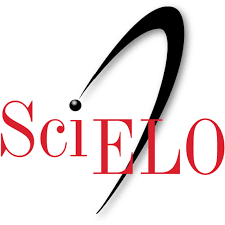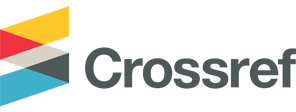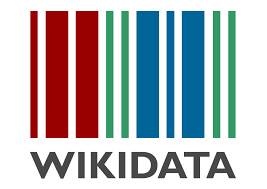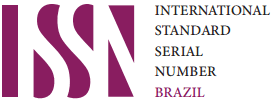Incorporation of red propolis into ionomer restorative cements: an antimicrobial and fluoride release analysis
DOI:
https://doi.org/10.4322/bds.2025.e4697Abstract
Objective: This study aimed to evaluate the antimicrobial activity of Glass Ionomer Cements (GICs) with the addition of 11% and 20% Red Propolis Ethanolic Extract (RPEE) against Streptococcus mutans cultures and the fluoride release capacity of the cements. Material and Methods: Six conventional GICs (Riva, Maxxion R, Vidrion R, Ketac, Vitremer, and Ionolux) were used with the addition of 11% and 20% RPEE (n=10). S. mutans bacterial strains were cultured, and the cement samples were placed in contact with the microorganism for 48 hours in a bacteriological incubator. Inhibition zones were measured using a digital caliper. Fluoride release was measured at 2 hours, 24 hours, and 7 days using a selective ion electrode connected to an ion analyzer. The Kruskal-Wallis test with Dunn’s post-hoc test was applied for antimicrobial data, and two-way ANOVA with Tukey’s test for fluoride release. Results: The addition of RPEE significantly increased the antimicrobial effect of Maxxion R, Vitremer and Ionolux cements. The Maxxion R and Vitremer cements showed greater antimicrobial activity compared to Vidrion R in the groups without RPEE addition (controls). With 11% RPEE, the Maxxion R and Vitremer GICs displayed larger inhibition zones than Vidrion R, Riva, and Ionolux. At 20% RPEE, Maxxion R continued to exhibit the best results. A significant increase in fluoride release was observed for Ionolux with 11% RPEE (2h) and for Riva with 11% and 20% RPEE (24h) compared to their controls. Conclusion: The addition of 11% RPEE enhanced the antimicrobial effect of the GICs. The Maxxion R and Vitremer GICs with 11% RPEE stood out for their superior antimicrobial activity. The fluoride release capacity of the tested cements was not affected and was even enhanced in some cases.
KEYWORDS
Antimicrobial; Dental materials; Fluoride; Glass ionomer cement; Propolis.
Downloads
Downloads
Published
How to Cite
Issue
Section
License
Copyright (c) 2025 Thays Maria de Oliveira Almeida, Maria Helena Nunes Borges, Pedro Henrique Sette-de-Souza, Mayara Abreu Pinheiro, Basílio Rodrigues Vieira, Geisa Aiane de Morais Sampaio

This work is licensed under a Creative Commons Attribution 4.0 International License.
Brazilian Dental Science uses the Creative Commons (CC-BY 4.0) license, thus preserving the integrity of articles in an open access environment. The journal allows the author to retain publishing rights without restrictions.
=================



























